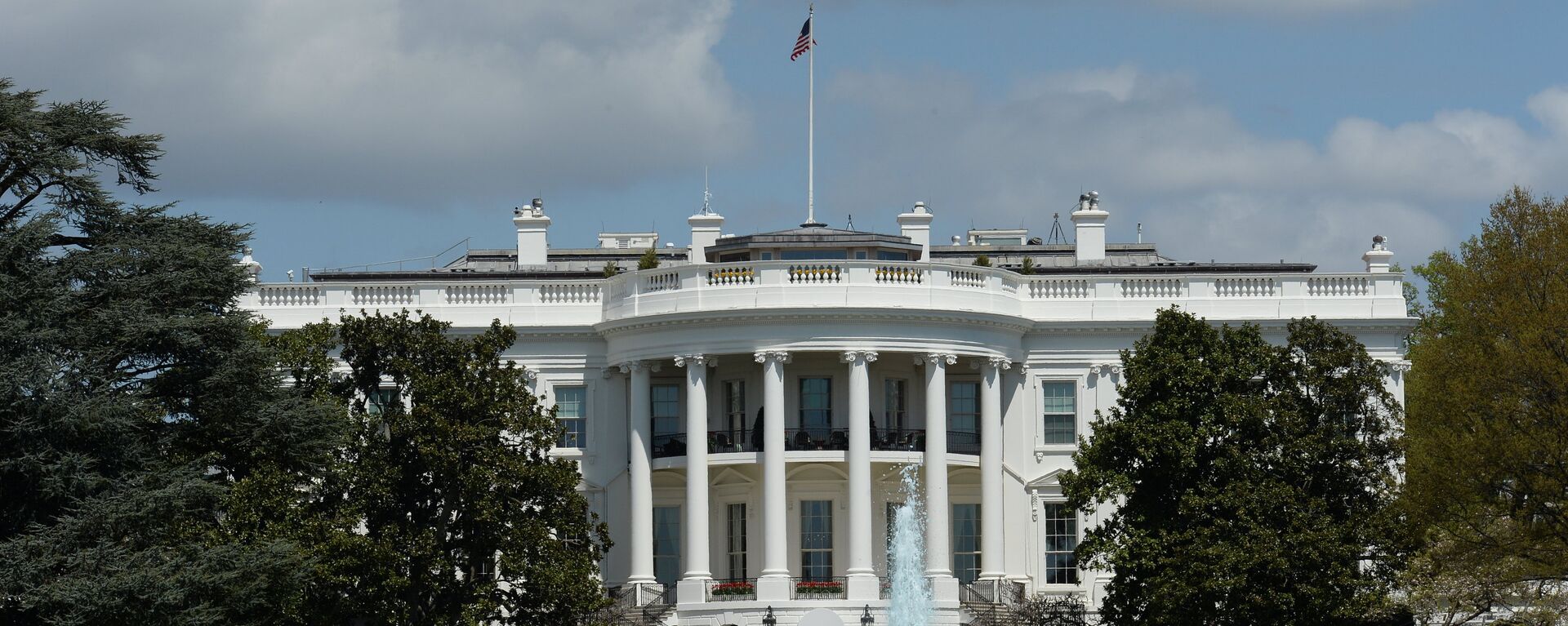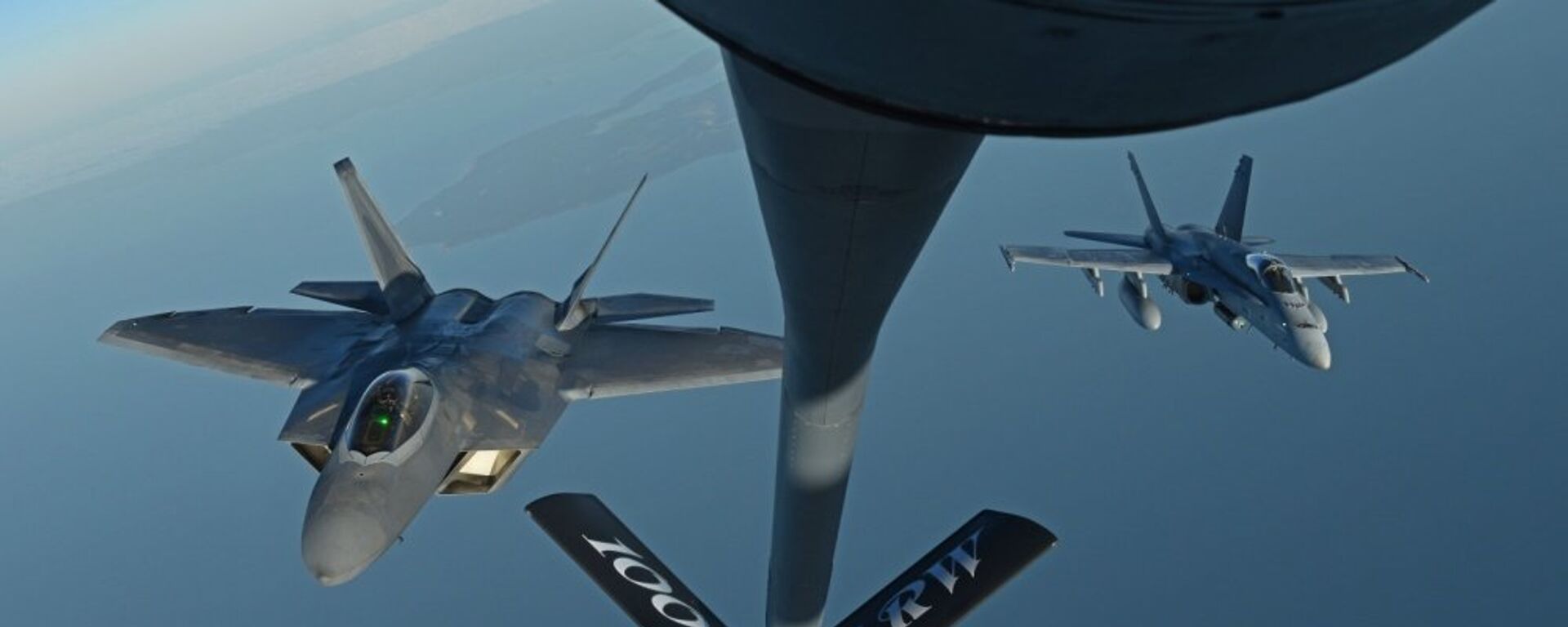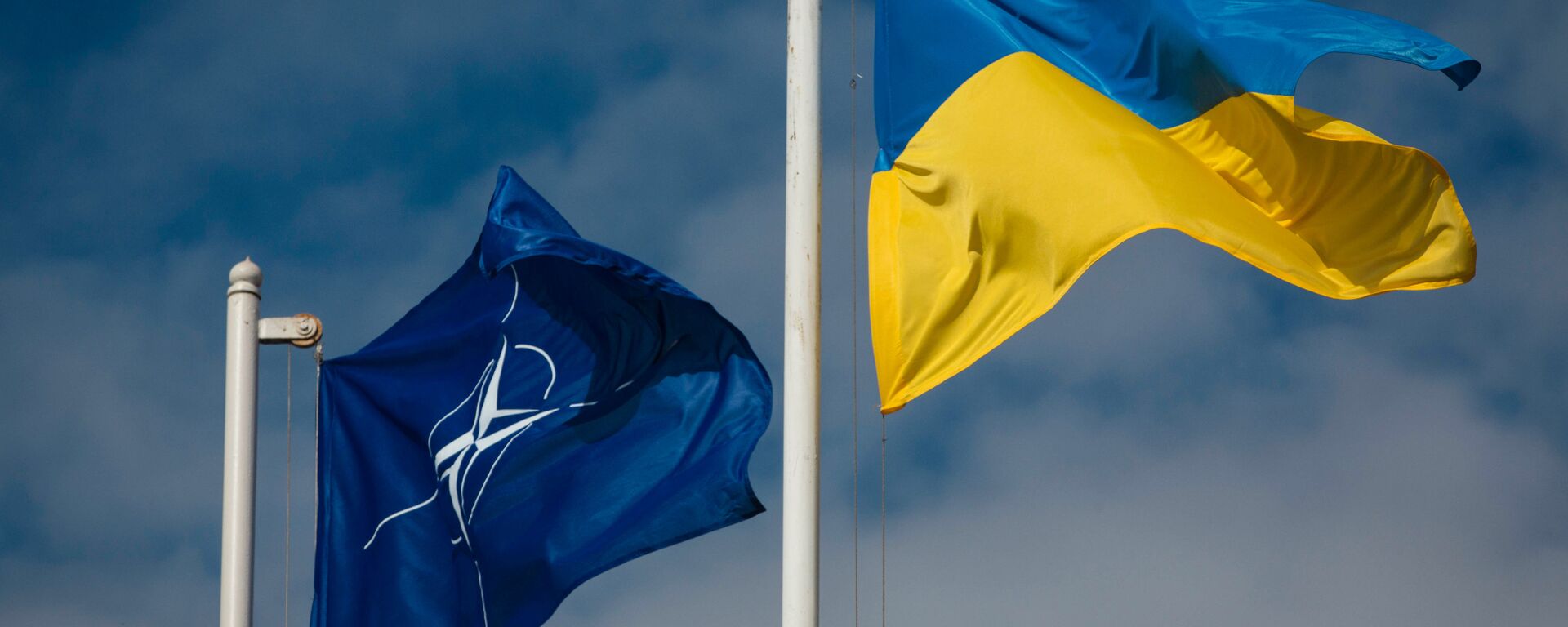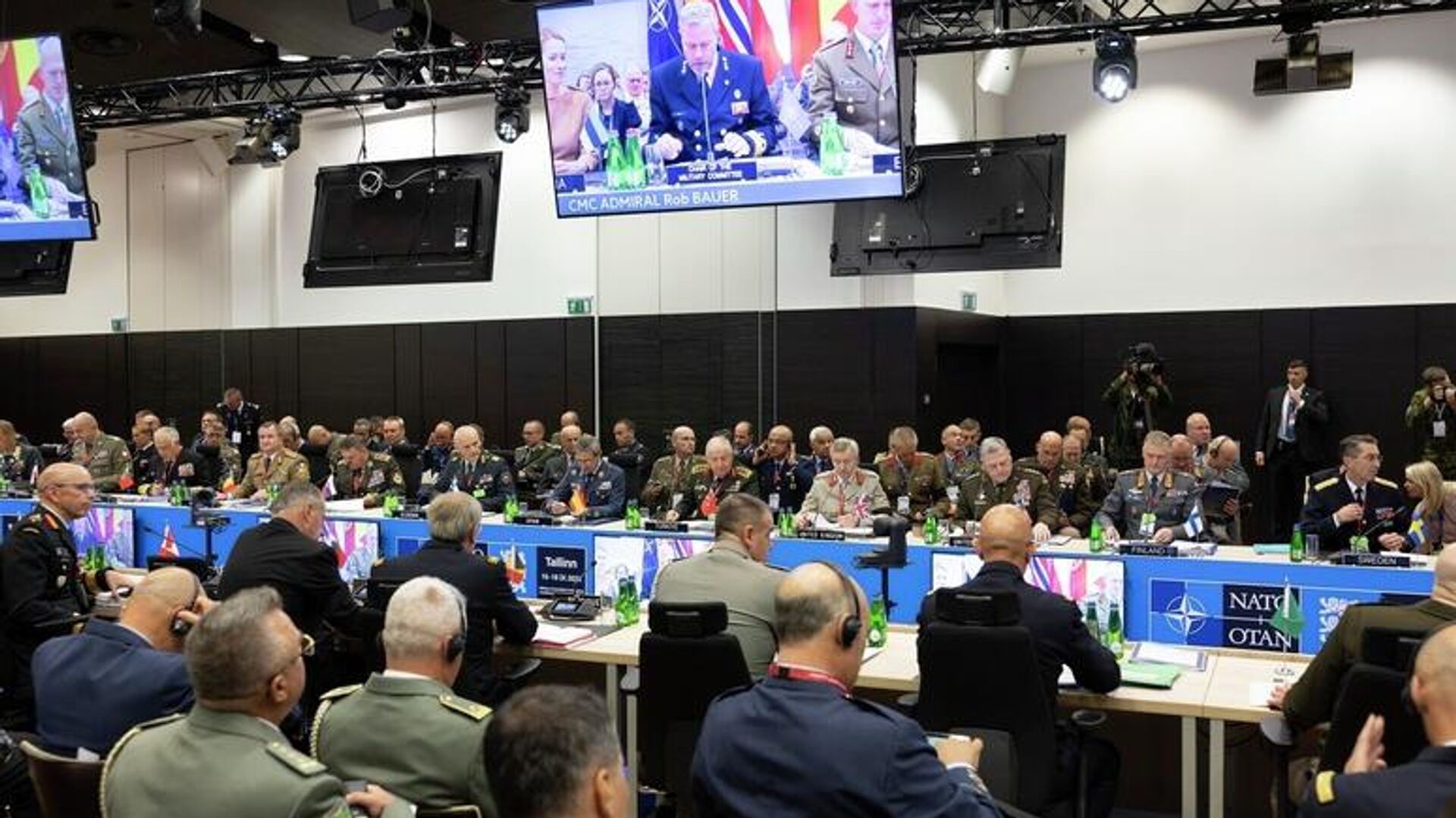https://sputnikglobe.com/20220917/nato-began-planning-expanded-presence-near-russia-years-ago-top-commander-admits-1100911445.html
NATO Began ‘Planning’ Expanded Presence Near Russia ‘Years Ago’, Top Commander Admits
NATO Began ‘Planning’ Expanded Presence Near Russia ‘Years Ago’, Top Commander Admits
Sputnik International
The North Atlantic Alliance began its decades-long creep toward Russia’s borders in the late 1990s after walking out on commitments made to Soviet leader... 17.09.2022, Sputnik International
2022-09-17T18:56+0000
2022-09-17T18:56+0000
2023-04-20T12:20+0000
military
nato
russia
crisis
ukraine
russia-nato showdown
https://cdn1.img.sputnikglobe.com/img/07e6/09/11/1100911254_0:3:775:438_1920x0_80_0_0_6eed1b7100b553c4a57766d99fabf6eb.jpg
NATO began planning to increase its presence along its eastern flank “years” before Russia kicked off its special military operation in Ukraine, NATO Military Committee chairman Rob Bauer has revealed.NATO defense chiefs discussed the need to “sustain” and “increase” “allied support to Ukraine,” at Saturday’s meeting, Bauer said.“The ammunition, equipment and training that allies and other nations are delivering are all making a real difference on the battlefield. With its successes on the ground and online, Ukraine has fundamentally changed modern warfare,” the officer said. “NATO will support Ukraine for as long as it takes,” he added.Speaking alongside Bauer, Estonian Defense Forces chief Martin Herem said that NATO’s collective priority was to “deny Russia the possibility to change today’s rule-based international order,” including by stationing more troops along its border.Echoing Bauer’s comments on the need to “support” Kiev, Herem stressed that “it is critical to ensure cohesion and unity of allies. The winter will be difficult but [we] must stick together and stay committed” in the coming months.Defense chiefs from Finland and Sweden joined Saturday’s discussions, and Bauer called their expected entry into the alliance at some point in the future “good news” for the bloc.The officer said the implementation of the agreements reached at the summit in Madrid in June on bulking up the bloc’s eastern border was “ongoing,” and that there are no problems to report on that front.At the Madrid summit, NATO agreed to stand up four new battlegroups in Bulgaria, Hungary, Romania and Slovakia, and to deploy “robust and combat-ready forces on the Alliance’s eastern flank.” For its part, the United States moved to establish a new ground base in Poland, about 280 km southwest of the Russian exclave of Kaliningrad, and beefed up its presence in Romania by 3,000 troops. Earlier, Washington also surged its military footprint in Europe by 20,000 troops, bringing the total number to 100,000. The US also deployed two additional squadrons of F-35 fighter jets to Britain, and sent two more destroyers to Naval Station Rota in Spain, bringing the total to six.Ramping Up Tensions With RussiaNATO has undergone several waves of expansion between 1999 and 2020, swallowing up every former member of the defunct Soviet-led Warsaw Pact, three ex-Soviet republics and four republics from the former Yugoslavia. The expansion took place despite former US Secretary of State James Baker's verbal promise to Soviet leader Mikhail Gorbachev in 1990 not to expand the alliance “one inch” east of the territory of the former East Germany following that country’s annexation by the Federal Republic.In 2008, NATO recognized the aspirations of the pro-Western governments of Ukraine and Georgia to see their countries join the alliance, sparking serious security concerns from Moscow. Tensions between Russia and the West were exacerbated in 2014, after the Ukrainian government was overthrown in a coup d’état orchestrated by Washington, and the post-coup government in Kiev reiterated its ambitions join the European Union and NATO.In late 2021, Russia presented NATO and the US a twin set of proposed security agreements designed to dramatically ease tensions and improve relations between Moscow and the Western bloc. The draft treaties included the proposal of legally binding, written guarantees by Russia on one side and the US and NATO on the other not to deploy troops, aircraft, warships and missile systems in areas where they might be seen as a threat to other side’s national security. NATO was asked to pledge not to continue its eastward expansion, and to scrap plans to incorporate Ukraine and any other former Soviet republic into the bloc. The Western alliance was also asked not to deploy additional troops or weapons systems on the territory of those NATO members which joined the bloc after the end of the Cold War.The US and NATO balked at Russia’s security guarantee proposals, with officials emphasizing that the Western bloc’s “open door” policy for membership would remain unchanged.
https://sputnikglobe.com/20220912/its-going-to-hurt-us-fears-europes-anti-russia-resolve-will-waver-over-soaring-energy-prices-1100696093.html
https://sputnikglobe.com/20220824/finlands-largest-opposition-party-wants-permanent-nato-base-female-conscription-1099928965.html
https://sputnikglobe.com/20220913/nato-reportedly-mulls-giving-ukraine-fighter-jets-air-defense-in-medium-to-longer-term-1100720892.html
https://sputnikglobe.com/20220126/us-reportedly-delivers-written-response-to-russias-security-guarantees-proposal-1092534911.html
russia
ukraine
Sputnik International
feedback@sputniknews.com
+74956456601
MIA „Rosiya Segodnya“
2022
News
en_EN
Sputnik International
feedback@sputniknews.com
+74956456601
MIA „Rosiya Segodnya“
Sputnik International
feedback@sputniknews.com
+74956456601
MIA „Rosiya Segodnya“
nato, russia, crisis, ukraine, russia-nato showdown
nato, russia, crisis, ukraine, russia-nato showdown
NATO Began ‘Planning’ Expanded Presence Near Russia ‘Years Ago’, Top Commander Admits
18:56 GMT 17.09.2022 (Updated: 12:20 GMT 20.04.2023) The North Atlantic Alliance began its decades-long creep toward Russia’s borders in the late 1990s after walking out on commitments made to Soviet leader Mikhail Gorbachev in 1990 and 1991 not to expand “one inch” east following German reunification. NATO expansion is one of the central causes of the current Ukrainian security crisis.
NATO began planning to increase its presence along its eastern flank “years” before Russia kicked off its special military operation in Ukraine, NATO Military Committee chairman Rob Bauer has revealed.
“Military leaders have a common frame of reference for both alliance-wide threats and regional threats, and that we enhance the speed and effectiveness of our rapid deployable forces. We’re talking about the biggest overhaul of our military structures since 1949. The planning for that started several years ago, but now we’re implementing it,” Bauer
said, speaking to reporters at a press conference at the NATO Military Committee Conference in Tallinn, Estonia on Saturday.
NATO defense chiefs discussed the need to “sustain” and “increase” “allied support to Ukraine,” at Saturday’s meeting, Bauer said.
“The ammunition, equipment and training that allies and other nations are delivering are all making a real difference on the battlefield. With its successes on the ground and online, Ukraine has fundamentally changed modern warfare,” the officer said. “NATO will support Ukraine for as long as it takes,” he added.
Speaking alongside Bauer, Estonian Defense Forces chief Martin Herem said that NATO’s collective priority was to “deny Russia the possibility to change today’s rule-based international order,” including by stationing more troops along its border.
“Forward defense is not only about the number of allied boots on the eastern border. The entire chain must be in place. It means having the appropriate mix of national and allied in place forces, known reinforcements, advanced plans linked to assigned forces and assigned C2 [command and control],” Herem said.
Echoing Bauer’s comments on the need to “support” Kiev, Herem stressed that “it is critical to ensure cohesion and unity of allies. The winter will be difficult but [we] must stick together and stay committed” in the coming months.

12 September 2022, 18:30 GMT
Defense chiefs from Finland and Sweden joined Saturday’s discussions, and Bauer called their expected entry into the alliance at some point in the future “good news” for the bloc.
“We get extra territory to defend as an alliance, and we get a long border with Russia. But we get also Finland and Sweden’s armed forces, which are very capable, to help us defend that extra territory and to defend that longer border. Russia will have a longer border with NATO without getting extra troops. So I think the accession of Finland and Sweden is beneficial for the alliance and is creating more of a problem for Russia,” Bauer said.

24 August 2022, 06:29 GMT
The officer said the implementation of the agreements reached at the summit in Madrid in June on bulking up the bloc’s eastern border was “ongoing,” and that there are no problems to report on that front.
At the Madrid summit, NATO agreed to stand up four new battlegroups in Bulgaria, Hungary, Romania and Slovakia, and to deploy “robust and combat-ready forces on the Alliance’s eastern flank.” For its part, the United States moved to establish a new ground base in Poland, about 280 km southwest of the Russian exclave of Kaliningrad, and beefed up its presence in Romania by 3,000 troops. Earlier, Washington also surged its military footprint in Europe by 20,000 troops, bringing the total number to 100,000. The US also deployed two additional squadrons of F-35 fighter jets to Britain, and sent two more destroyers to Naval Station Rota in Spain, bringing the total to six.

13 September 2022, 12:26 GMT
Ramping Up Tensions With Russia
NATO has undergone several waves of expansion between 1999 and 2020, swallowing up every former member of the defunct Soviet-led Warsaw Pact, three ex-Soviet republics and four republics from the former Yugoslavia. The expansion took place despite former US Secretary of State James Baker's verbal promise to Soviet leader Mikhail Gorbachev in 1990 not to expand the alliance “one inch” east of the territory of the former East Germany following that country’s annexation by the Federal Republic.
In 2008, NATO recognized the aspirations of the pro-Western governments of Ukraine and Georgia to see their countries join the alliance, sparking serious security concerns from Moscow. Tensions between Russia and the West were exacerbated in 2014, after the Ukrainian government was overthrown in a coup d’état
orchestrated by Washington, and the post-coup government in Kiev reiterated its ambitions join the European Union and NATO.
In late 2021, Russia presented NATO and the US a twin set of proposed
security agreements designed to dramatically ease tensions and improve relations between Moscow and the Western bloc. The draft treaties included the proposal of legally binding, written guarantees by Russia on one side and the US and NATO on the other not to deploy troops, aircraft, warships and missile systems in areas where they might be seen as a threat to other side’s national security. NATO was asked to pledge not to continue its eastward expansion, and to scrap plans to incorporate Ukraine and any other former Soviet republic into the bloc. The Western alliance was also asked not to deploy additional troops or weapons systems on the territory of those NATO members which joined the bloc after the end of the Cold War.
The US and NATO balked at Russia’s security guarantee proposals, with officials emphasizing that the Western bloc’s “open door” policy for membership would remain unchanged.

26 January 2022, 16:46 GMT








